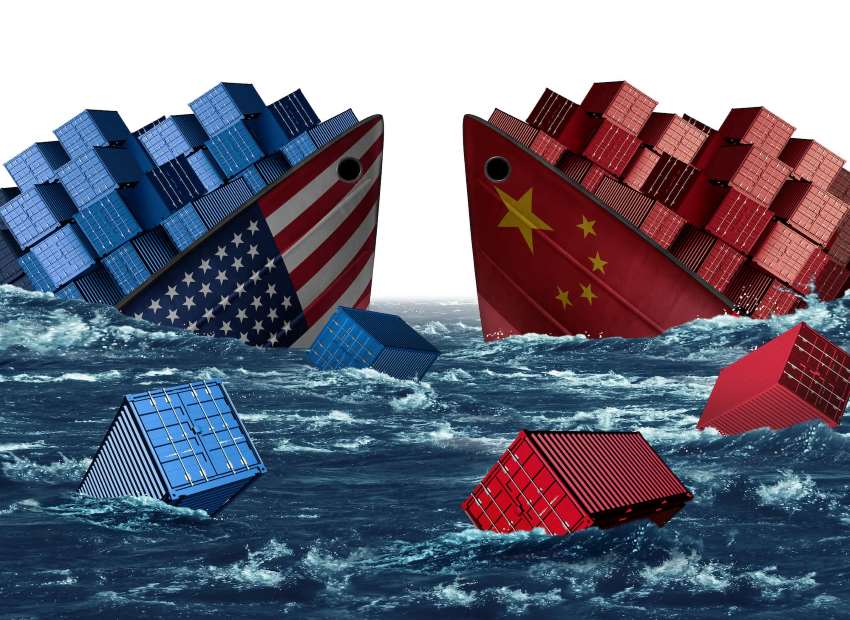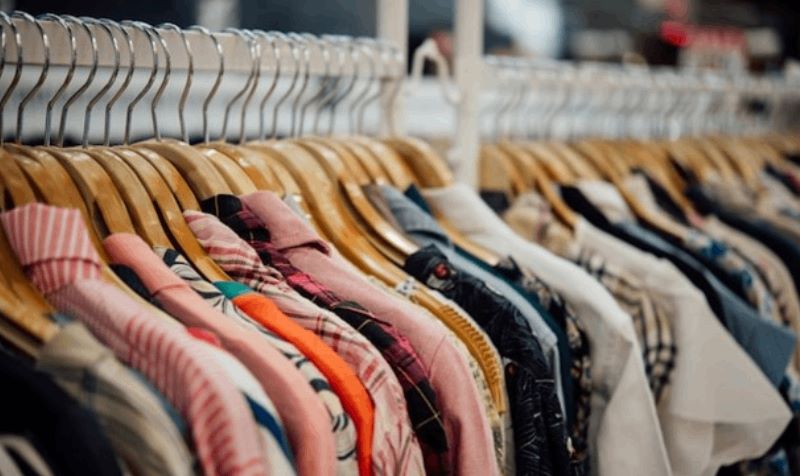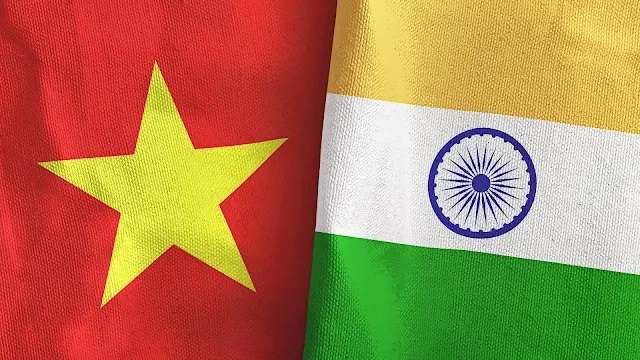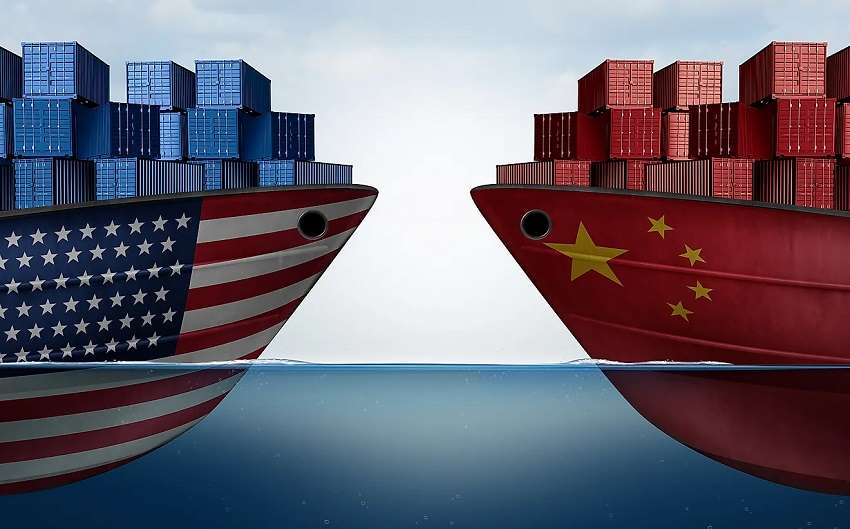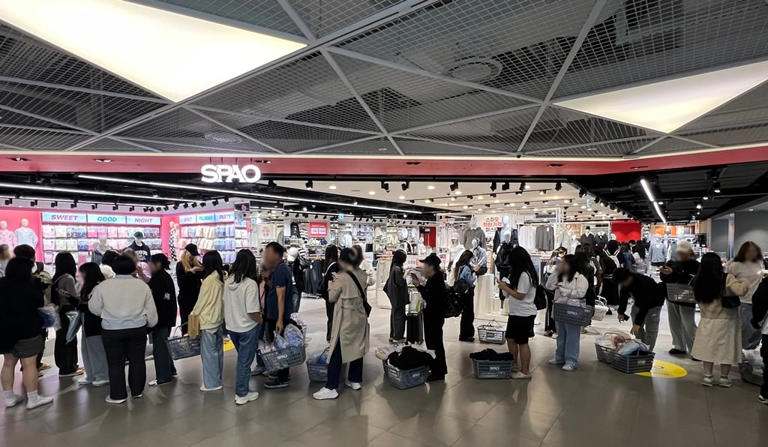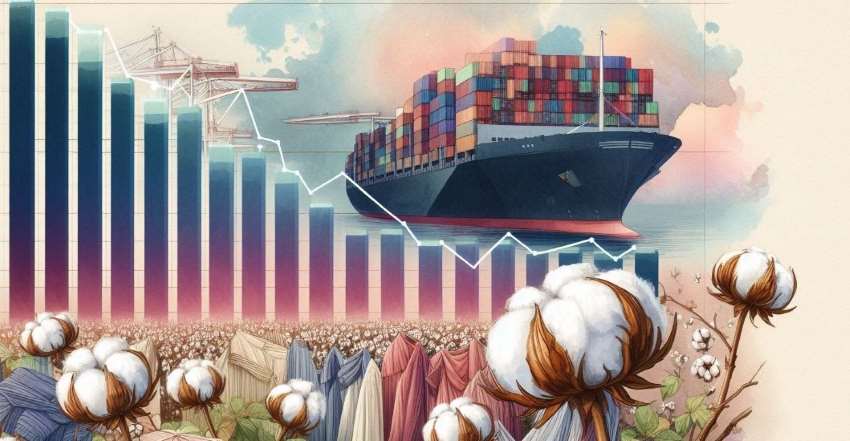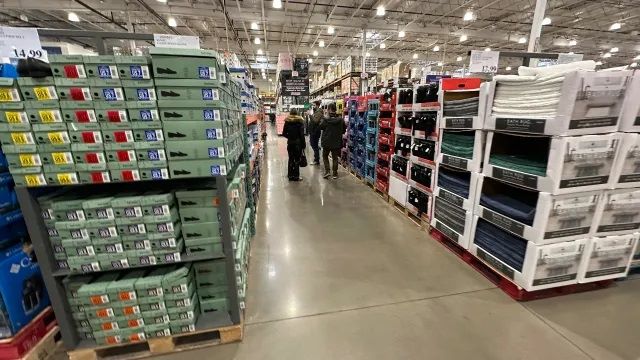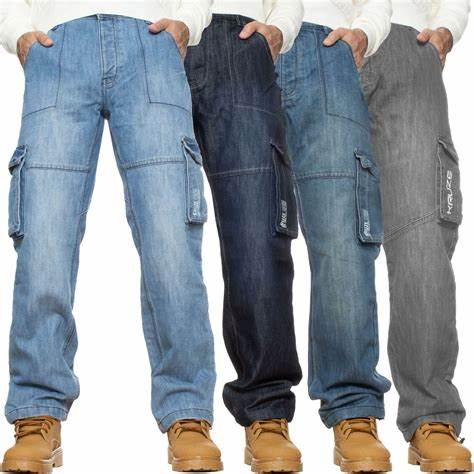The Regional Comprehensive Economic Partnership (RCEP) could help revive the garment and textile sector in Southeast Asia. The 16-member bloc includes the 10 Asean member countries (Brunei, Cambodia, Indonesia, Laos, Malaysia, Myanmar, the Philippines, Singapore, Thailand and Vietnam) plus six other countries – Australia, New Zealand, China, India, Japan and South Korea.
The garment and textile industry in less-developed economies in the RCEP, such as Myanmar, Cambodia and Laos, are best placed to gain from the deal. These countries rely on low-cost manufacturing and could gain access to wealthy consumers in Australia, New Zealand and China. Another benefit is these emerging markets will gain a strengthened economic relationship with China. They could attract increased flows of foreign direct investment from capital-rich investors eager for new, untapped opportunities abroad.
Myanmar could benefit the most as it does not compete with low-cost, bulk order countries such as Bangladesh, India and Cambodia, and tends to specialise in higher-quality, more technical garments. On top of that, the country has an abundant supply of low-cost labor.
But like any other free trade deal, under the RCEP, the agreement would work only for trades between signatory states when the rules of origin are met. Hence it would not be possible for Cambodia or other Asean member states to gain benefits under RCEP for shipment into the US or EU – key export markets.
RCEP to revive Southeast Asia
- 1
- 2
- 3
- 4
- 5
- 6
- 7
- 8
- 9
- 10
China's shifting export dynamics and the declining importance of the US market
A recent analysis by David Birnbaum reveals a significant shift in China's export focus, specifically concerning the US’ as a... Read more
Apparel demand remains strong, but economic clouds loom: Wazir Advisors report
Wazir Advisors April 2025 ‘Apparel trade scenario in key global markets and India’ captures the evolving dynamics of global apparel... Read more
Vietnam and India eye mutual gains amidst global trade shifts
At a time of evolving trade policies and geopolitical uncertainties, Vietnam and India are looking to deepen their cooperation in... Read more
US tariffs spark Chinese resurgence, domestic focus intensifies
The recent escalation of reciprocal tariffs between the US and China has sent ripples through the global fashion, apparel, and... Read more
South Korea's apparel market undergoes a budget revolution
South Korea's fashion market is seeing growing demand for affordable and functional apparels. This shift is challenging the dominance of... Read more
Spreading the Bets: India’s need to create a new textile export map
India’s textile and apparel sector, finds itself entangled in a rapidly shifting global trade environment. As geopolitical uncertainties and reciprocal... Read more
As US consumer confidence crumbles it casts a looming shadow over fashion spendi…
A chilling wave of pessimism has swept across the US, with consumer sentiment falling to levels unseen since the depths... Read more
The denim-cargo conundrum, a global tug-of-war in casualwear
The world of casual apparel, once a clear-cut battleground between denim's enduring legacy and the utilitarian surge of cargos, is... Read more
Legacy Titans Under Siege: How fast fashion is outpacing iconic brands
As the global fashion industry evolves once-unchallenged legacy brands, the titans of the industry, now find themselves besieged. They are... Read more
EU's T-shirt market: Steady consumption, rising imports shows changing dynamics
The European Union's appetite for T-shirts remains robust, with consumption expected to grow steadily over the next decade, albeit at... Read more

